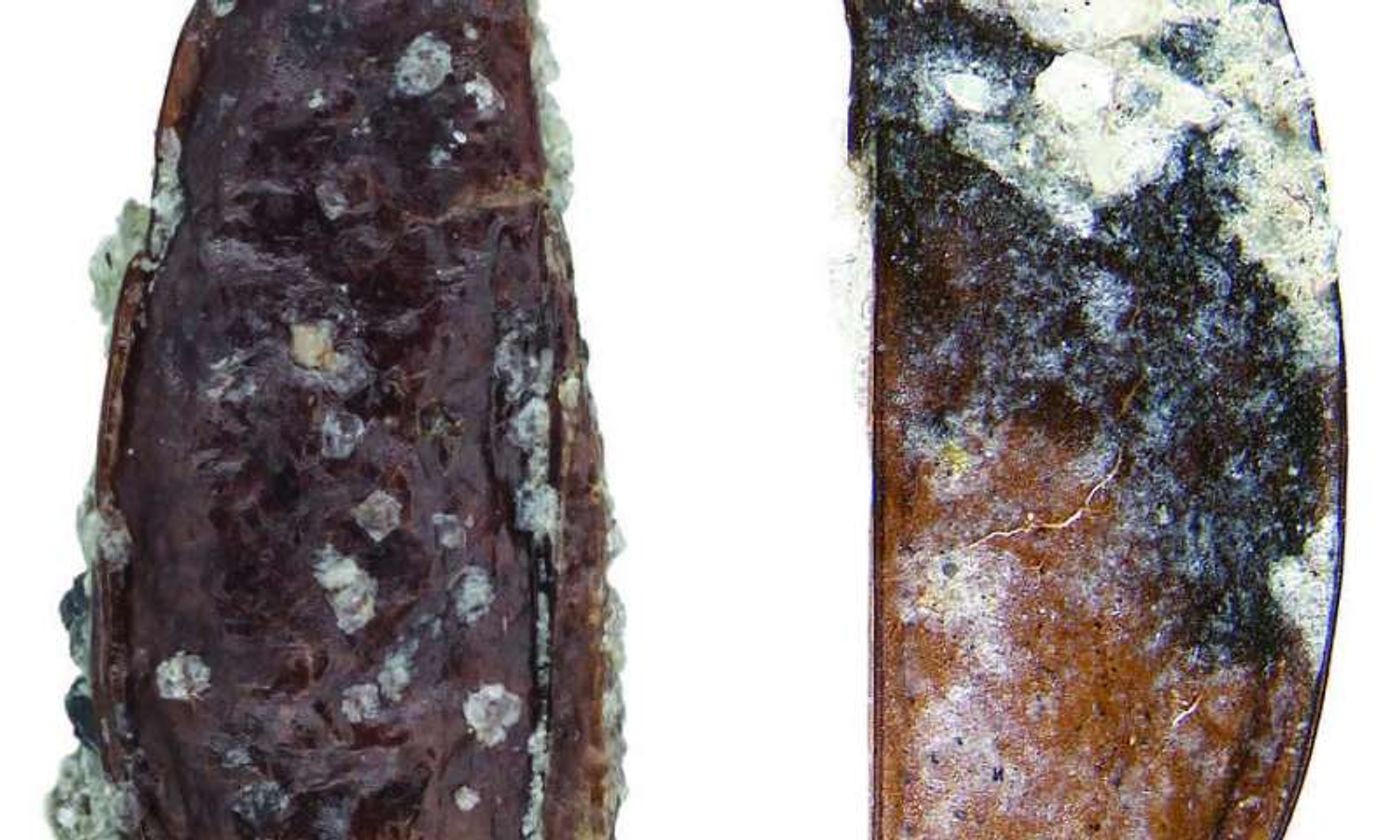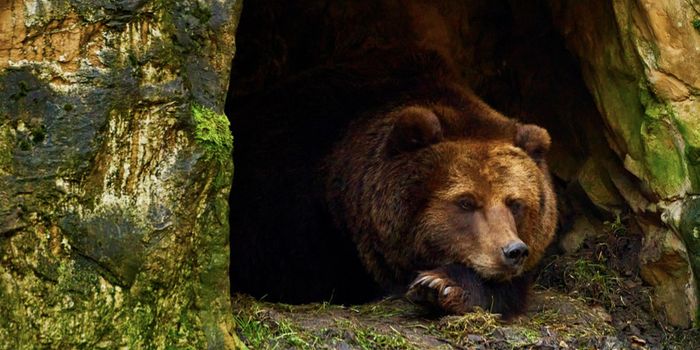Researchers Find a Fossilized Beetle in Antarctica for the First Time
As much of Antarctica remains unexplored because of its vastness and mysteriousness, any discovery that we come across on the white continent can be breathtaking.
That is, when scientists say they’ve found the first ever ground beetle fossil in Antarctica, it can not only be breathtaking from a scientific standpoint, but also from a creepy one.
Noted in the journal ZooKeys, researchers have done just that. This is reportedly the first-known ground beetle from Antarctica, which in itself is a pretty big discovery, but even more so is the fact that it appears to have living descendants today.

Image Credit: Allan Ashworth/North Dakota State University
It was found in sediment that was well preserved in the icy cold for a long time. Fossils were also discovered in the same sediment of several types of plant life from the same time period.
It’s said that the beetle would have lived anywhere from 14-20 million years ago, and has been categorized as a new species and even has its own genus. It’s being called Ball's Antarctic Tundra Beetle.
The fossil isn’t complete; notably it’s only of the insect’s hard wing covers, known as elytra. Because of their shape, researchers believe the beetle may have been capable of flying.
“One indication that a beetle has flight wings is if the shoulder of its elytron is kind of square. A beetle that doesn’t fly has rounded, ovoid-shaped elytra,” Smithsonian Entomologist Terry Erwin said in a statement. “These fossil elytra do have shoulders, so this beetle probably had wings and it probably flew.”
But the ability to fly wasn’t its only advantage – it could also run pretty fast, which is a quality a predatory insect would have for hunting down prey effectively.
“It has a lot of living descendants and all of them are quite fast runners,” Erwin said. “They are predators with prognathous [projecting] mandibles, so they are running around grabbing things—such as other smaller insects—to eat. At the same time, bigger things are chasing and eating them.”
There aren’t many known insects to exist in Antarctica, so this beetle is certainly an oddity. Of course, Antarctica wasn’t always how it is today, so given that it once had a habitable climate, the beetle may have felt right at home in the earlier days of Earth.
Source: Smithsonian Insider, Phys.org








